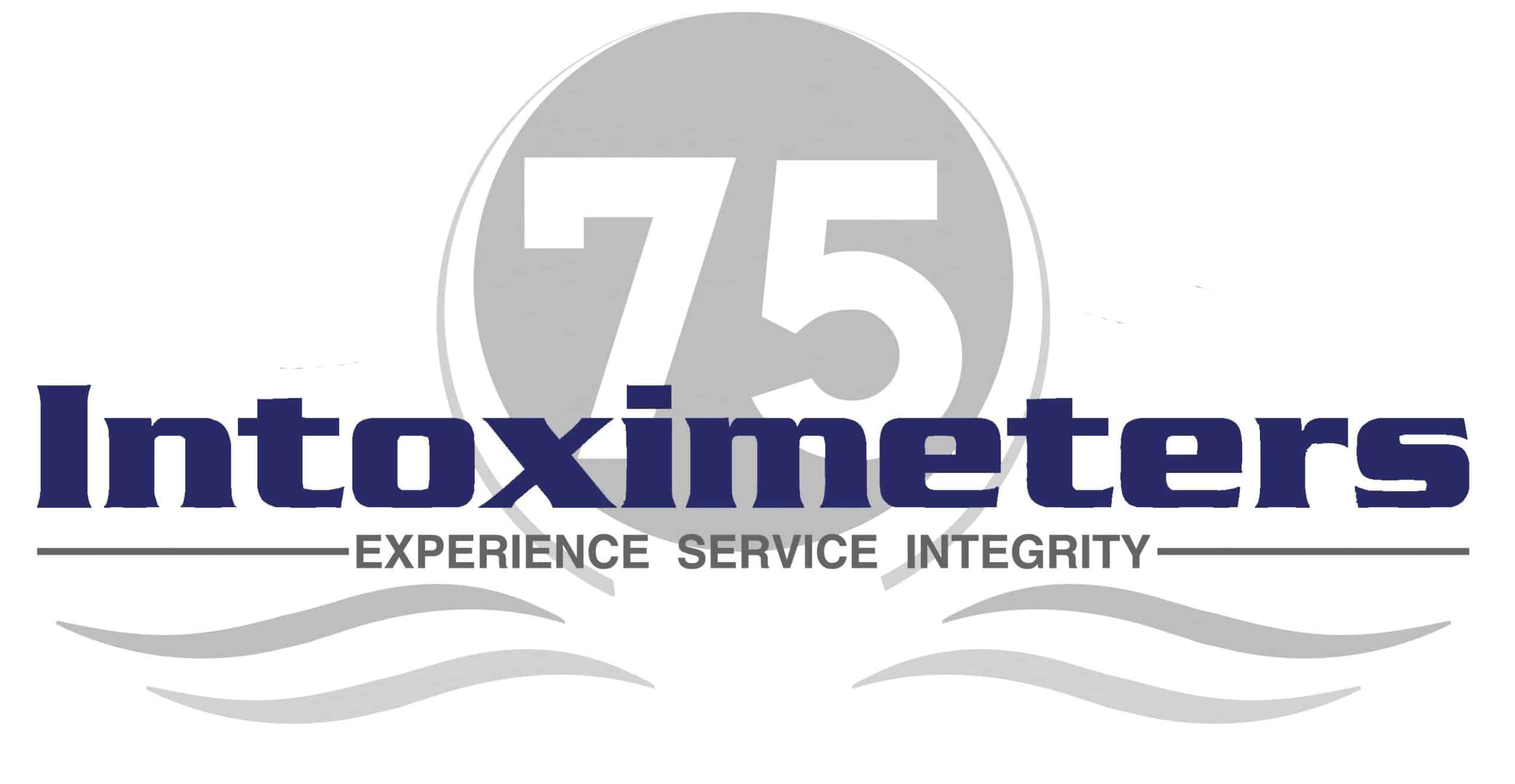Who Is Your Customer?
In the medical world, the patient is the customer. However, in the DOT/forensic world, the employer is the customer. The employer requests that you perform a forensic drug and/or alcohol test as required by federal law. As the agent of the employer, you must conduct the test according to Part 40 regulations, document it appropriately, and provide the test result to the Designated Employer Representative (DER). The employee does not have to authorize the BAT to release drug or alcohol test results to the employer (49 CFR Part 40.355). Test subjects are “donors”, “subjects”, or “employees” – not patients. The term “patient” implies a completely different relationship with the donor.
What About HIPAA?
The Health Insurance Portability and Accountability Act of 1996 (HIPAA) was designed and put into place to protect personal healthcare information. DOT-mandated drug & alcohol testing is designed to insure employees are complying with federal safety regulations. No personal healthcare information is generated in a DOT procedure. HIPAA rules are quite stringent about how healthcare information should be protected. DOT also has confidentiality requirements to protect employees being tested from having test results disclosed to unauthorized personnel.
Keep It Simple
In many ways, forensic protocols can be simpler than medical procedures. For example, we are not trying to diagnose an illness or provide preventive, therapeutic, rehabilitative or palliative care to a patient. We are simply collecting evidence to determine if an employee is impaired to a degree that will endanger others. Explain test procedures to the employee according to the rules. Do not discuss medications being taken or illnesses or conditions previously diagnosed. Medical information is not relevant to the DOT test and should never be relayed to the employer or documented on the Alcohol Testing Form (ATF). For DOT BATs, remarks such as “DER notified”, “ID verified” or “Air blank performed” are not needed. Medical shorthand should never be used on a DOT ATF.
One of the most common questions we receive is related to medical charts. DOT prohibits releasing information to 3rd parties not involved in the testing process (49 CFR Part 40.321). Therefore, doctors, nurses, administrators and others who are not part of the testing process have no authority to view DOT drug & alcohol testing records. We interpret this to mean that DOT drug and alcohol testing information should be kept separate from medical charts that can be accessed by medical personnel who are not party to the testing. We have asked ODAPC about this interpretation and received an affirmative response. These are some of the practices that BATs with a medical background should follow. In short, DOT drug and alcohol testing is a forensic process that is completely non-medical. Service providers should have procedures in place to keep these records and processes separate from medical actions and records. For more information on this topic, or other topics related to DOT Breath Alcohol Testing, go to www.intox.com.
